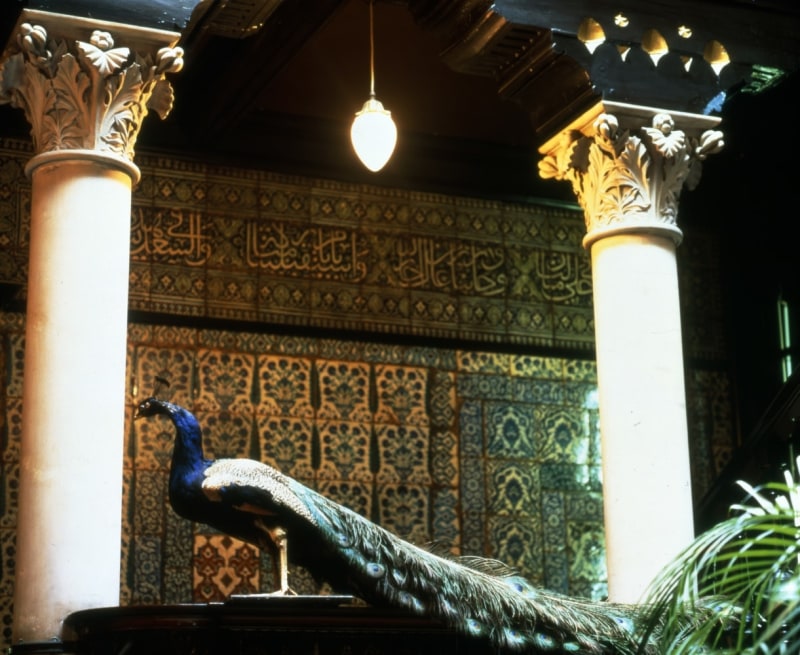
When terrorists devastated the twin towers of the World Trade Center, they attempted to lay siege to a way of life. In the mayhem that followed, New York came to a standstill.
Yet even in this difficult period people needed art to express their grief. In parks and squares across the city, spontaneous, home-grown memorials sprung up with candles, flowers, photos of missing persons, and individual art by people of all colours and ethnicity.
Museums and art galleries which had closed in the aftermath of the tragedy, slowly reopened to give shell-shocked New Yorkers some respite. As Philippe de Montebello, the director of the Metropolitan Museum of Art observed. "Hospitals are open. They're here to fix the body. We're here to fix the soul." A stone's throw from the memorial in Union Square Park just nine days after the bombings Deepak Talwar opened his new art gallery. It was a drizzly, sad kind of a day. Yet, almost underscoring their indomitable spirit, New Yorkers were going about their business, stopping at coffee shops, and yes, visiting the art gallery.
"I think it's at times like this that art plays an important part in people's lives because there are still beautiful things that people do-not just horrible things like we've been seeing," says Talwar. "That's why I decided to go ahead and open because art can regenerate the spirit."
At 3,800 sq ft, the Talwar Gallery is one of the largest private spaces for Indian art in Manhattan. But why yet another gallery showing Indian art? Says Talwar. "There are enough artists of Indian origin around the world and their work is still under-represented. I wanted to provide a state-of-the-art gallery to show their work on the world stage."
"Cleaning the Garden" is London-based photographer Zarina Bhimji's first solo exhibition in the US and features lightboxes, photographs and etched mirrors in an exploration of formal gardens as cultural metaphors and personal embodiments.
"What I am exploring here is the line between what we know to be true and what we believe to be true," says Bhimji. "It is this space that the memory occupiesŠ In a sense the subject matter of this work is incidental; it is not just about the gardens, it is about the memory spaces they represent."
Art curator Marina Warner says, "Bhimji's images and arrangements of objects protect against disappearance, reclaim the past as alive, refuse the deadness of representation by awakening the viewer's sensory responses in her hands, images make gestures of reparations for hurts, or reclaim fleeting, intense moments of consciousness, by locating and defining the stuff which have become intimately saturated with memories."
Bhimji's work will be seen this fall in "The Short Century" at the Museum of Contemporary Art in Chicago, and will travel to New York in 2002. She is the recipient of the prestigious DAAD fellowship and residency in Berlin. Germany for 2002, and was awarded the FAST International award by Norwich Gallery in the UK.
Bhimji has designed huge mirrors with advertisements of slave auctions from 18th-century newspapers etched on them. Stand in front to read these ads, and you see reflected in them from the other walls, photographs of the lush gardens these slaves were forced to tend. And in the mirror you also see yourself reflected, an integral part of the past and the present, trying to make sense of an ever-changing, mercurial world.
-Lavina Melwani